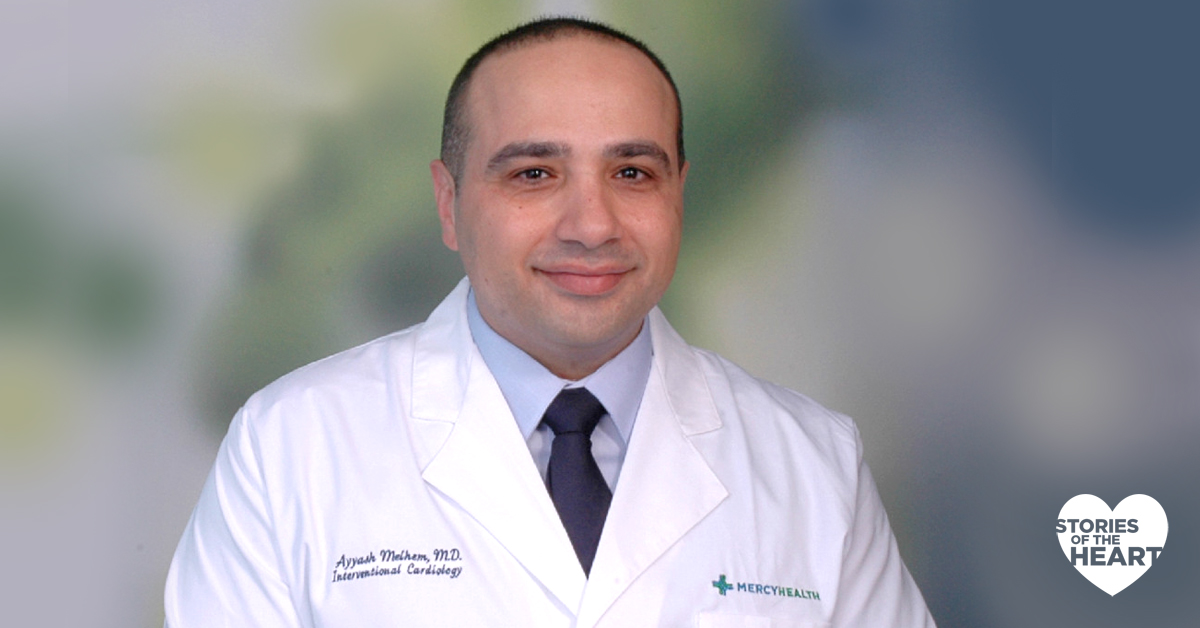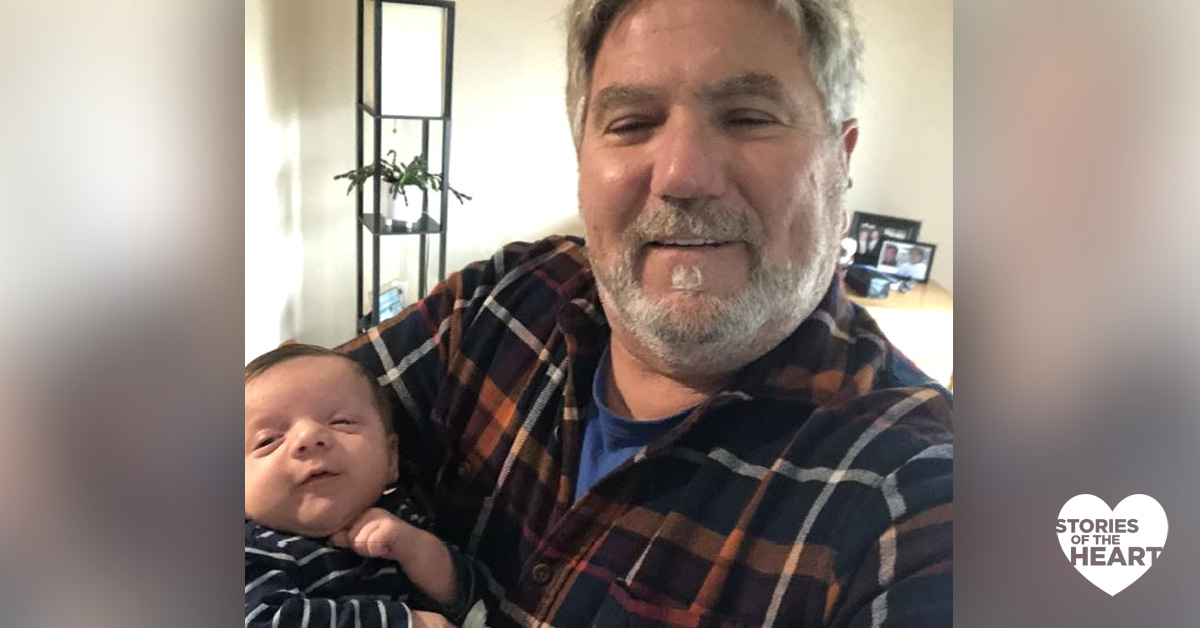Whether you’re an exercise newbie or an experienced fitness guru, it’s important to understand how your heart works when your body moves. This vital muscle speeds up and slows down to provide your body with the oxygen it needs to power through an activity.
Knowing your resting and maximum heart rates can help you make the most of your workouts while monitoring your overall health.
Normal heart rate vs. maximum heart rate
Your resting heart rate refers to the number of times your heart beats when you’re resting. Since your body doesn’t need as much oxygen, your heart doesn’t have to pump as hard during rest periods. Conversely, your heart speeds up to pump more oxygen-rich blood when you’re exercising. The rate your heart beats when it’s working its hardest is your maximum heart rate.
Factors like temperature, medications, anxiety, weight and lifestyle can also affect your heart rate. For example, people who smoke tend to have higher resting heart rates than non-smokers.
So, what’s a good resting heart rate by age?
Ideally, you should keep your resting heart rate low. Men and women with low resting heart rates seem to have a lower risk of death than people with high heart rates. This may be because they exercise regularly — exercise helps keep your heart rate low.
You’ll find a difference in resting heart rate by age and gender. In women, the heart rate can beat two to seven times faster per minute than in men. Also, your heart rate also tends to get slower as you age. So, children often have a faster heart rate than adults.
- Newborns and infants: 80 to 160 beats per minute
- Children: 70 to 130 beats per minute
- Pre-teens: 60 to 105 beats per minute
- Teens and young adults: 60 to 100 beats per minute
- Adults: 60 to 100 beats per minute
Resting heart rate does not change much after you become an adult.
What are the best heart rate zones for exercise?
Your heart rate should increase when you exercise, as the heart works harder to pump oxygen to all parts of your body. If you track your heart rate during exercise, you’ll see a range of numbers that reflect heart rate zones. Knowing your target heart rate helps you know how hard your heart is working so you can get the greatest benefit out of the workout.
You can divide heart rate zones into two main groups:
- Low-intensity: 50 to 60 percent of your maximum heart rate
- High-intensity: 70 to 80 percent of your maximum heart rate
Some people refer to the high-intensity range as your fat-burning zone and cardio zone, but your body burns calories and fat in both. So, if you’re new to fitness, aim for the low-intensity zone. As your body gets stronger, you can move up to the high-intensity zone.
How to figure out my healthy heart rate zone
A heart rate zone calculator lets you figure out your target heart rate. Many wearable devices include heart rate calculators, but you also can figure it out manually.
- Find your pulse. Place your first two fingers over the thumb side of your wrist. Press gently. Count the number of beats you feel for 30 seconds. Then multiply the number by two.
- Identify your resting heart rate. For most adults, resting heart rate is between 60 and 100 beats per minute.
- Find out your maximum heart rate. This depends mostly on your age and is measured in beats per minute (bpm).
- Age 20 to 29: 200 bpm
- Age 30 to 34: 190 bpm
- Age 35 to 39: 185 bpm
- Age 40 to 44: 180 bpm
- Age 45 to 49: 175 bpm
- Age 50 to 54: 170 bpm
- Age 55 to 59: 165 bpm
- Age 60 to 64: 160 bpm
- Age 65 to 69: 155 bpm
- Age 70 to 75: 150 bpm
- Your target heart rate zone is 50 to 85 percent of your maximum heart rate. Once you know your target, use a heart rate monitor, like the one on your wearable device, or take your pulse periodically while you work out.
Tracking your heart rate can be a useful tool for maximizing your workouts, but it’s not the only factor to consider. Before you start a new exercise program, first talk to your primary care provider about your fitness plans. They can help you set realistic goals and monitor your progress.
Learn about the heart and vascular services we offer at Mercy Health.






